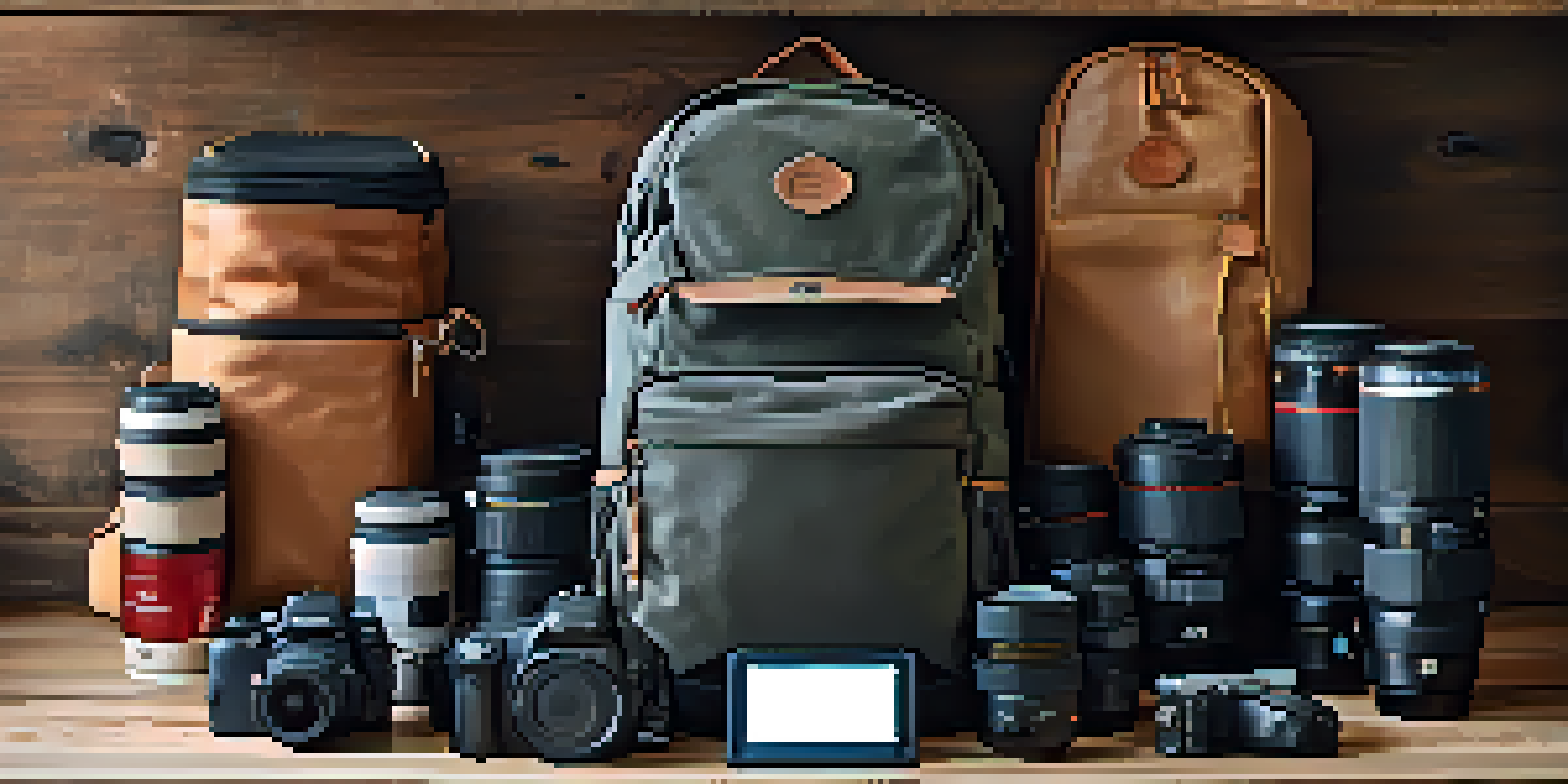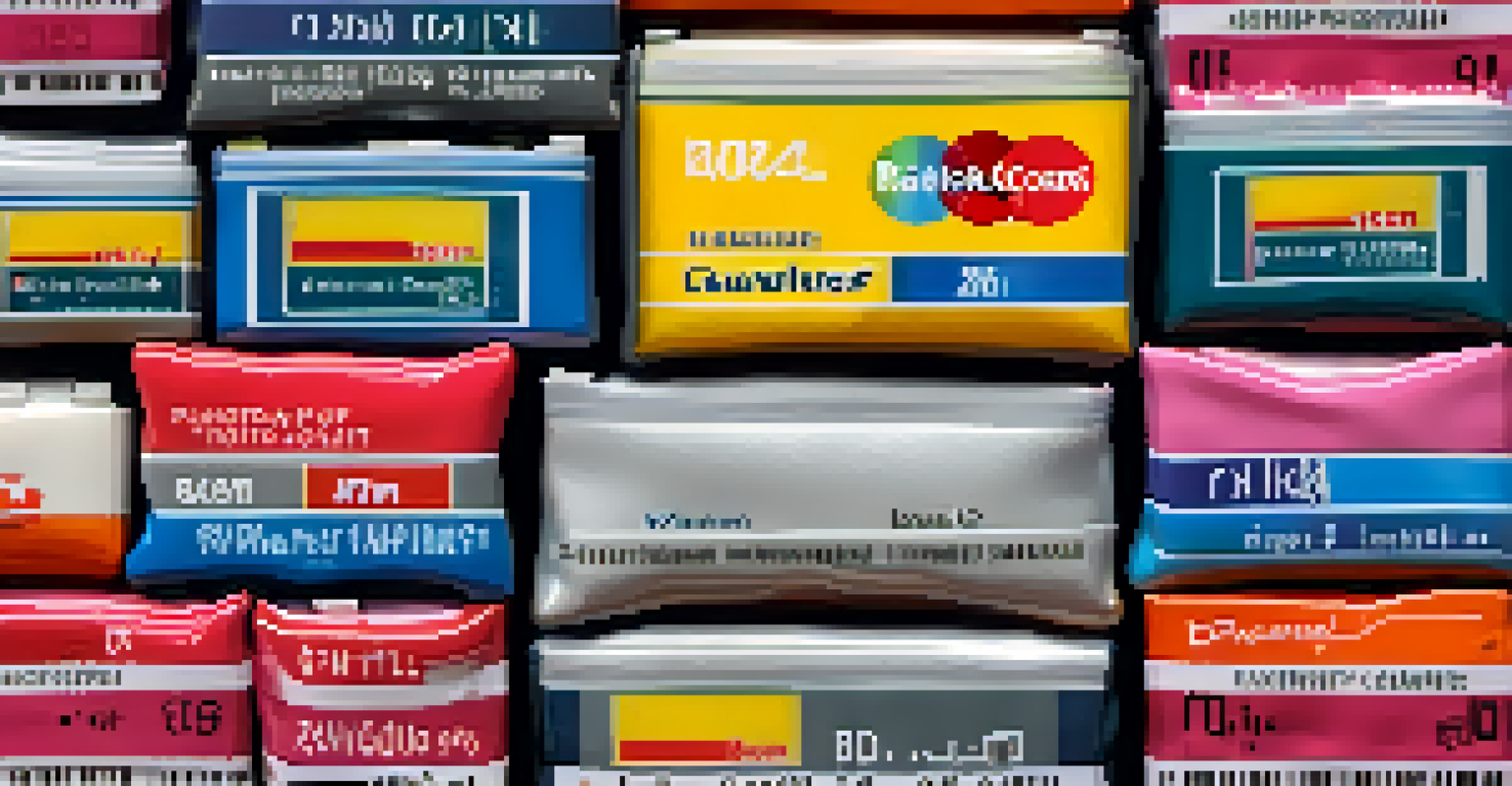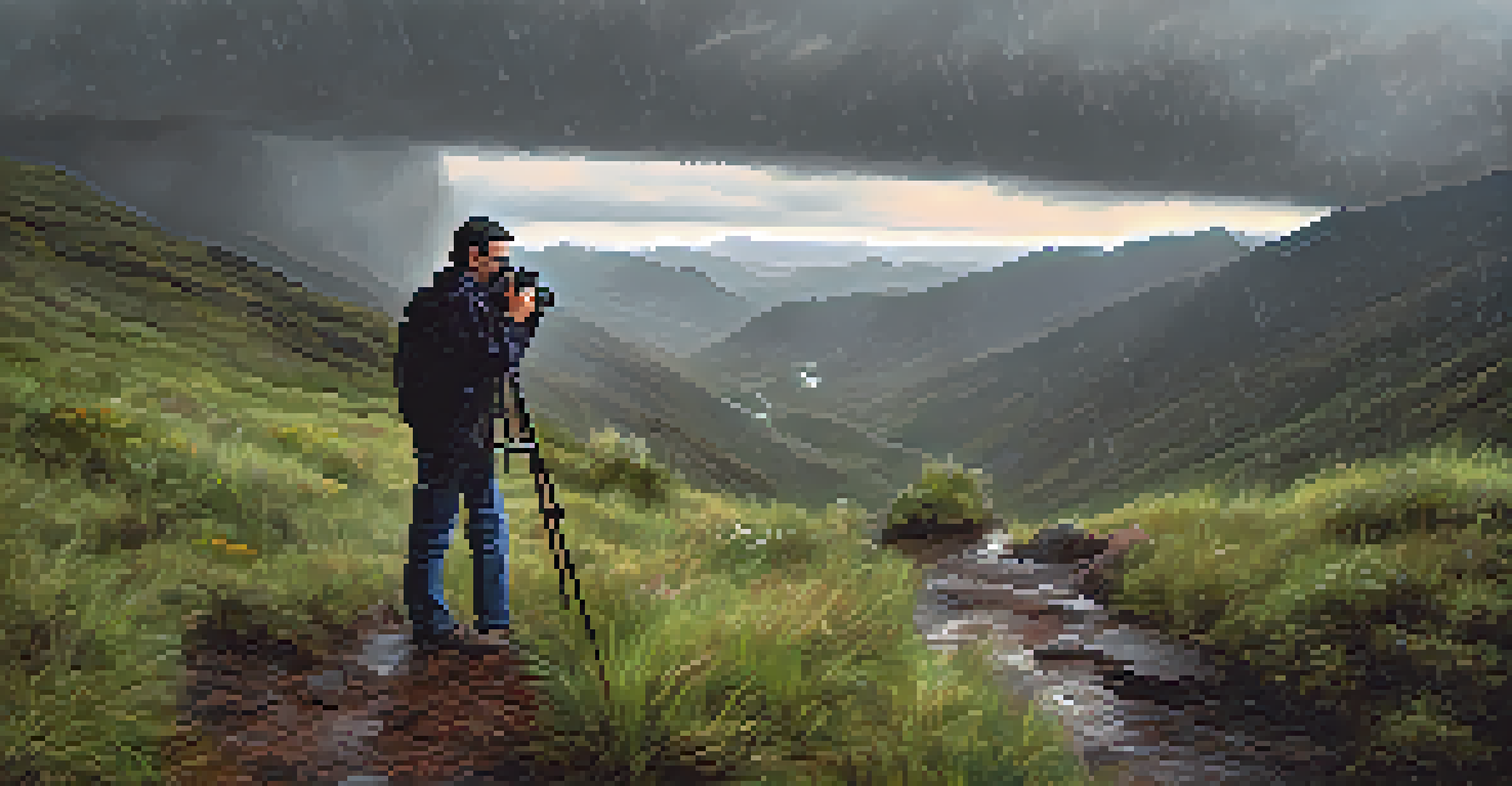Photography Gear Packing Tips for Hassle-Free Travel

Choose the Right Camera Bag for Your Needs
When packing for travel, selecting the right camera bag is crucial. A well-designed bag not only protects your gear but also makes it easier to access your camera when those perfect moments arise. Look for a bag that suits your shooting style—whether it’s a backpack, shoulder bag, or sling bag—ensuring it has enough compartments for your lenses and accessories.
The camera is an instrument that teaches people how to see without a camera.
Consider the weight and size of your bag as well. A lightweight, compact bag is easier to carry around during long days of exploration, while still providing ample protection for your gear. Additionally, check if it’s airline-approved for carry-on to avoid any last-minute surprises at the airport.
Lastly, think about organization. A bag with adjustable dividers allows you to customize the layout for your specific gear, making it easy to find what you need quickly. This way, you can focus on capturing amazing shots rather than rummaging through a disorganized bag.
Pack Only Essential Gear to Minimize Weight
Packing light is key to hassle-free travel, especially for photographers. Instead of bringing every lens you own, select a few versatile options that can handle different situations. For example, a standard zoom lens can often cover a wide range of scenarios, from landscapes to portraits.

Consider your shooting style and what you plan to capture during your trip. If you’re heading to a city, a compact camera and a prime lens might suffice, while nature photographers might prioritize a sturdy zoom lens for wildlife shots. By narrowing down your selection, you can lighten your load without sacrificing creativity.
Choose the Right Camera Bag
Selecting a well-designed camera bag is essential for protecting your gear and ensuring easy access during travel.
Ultimately, remember that less is often more. Not only will packing light make your travels easier, but it also encourages you to focus on honing your skills with the gear you have, leading to more creative outcomes.
Utilize Protective Cases for Fragile Equipment
Photography gear can be delicate, so investing in protective cases is a smart move. From padded lens pouches to hard-shell cases, these accessories can safeguard your equipment from bumps and drops during transit. This extra layer of protection ensures that your gear arrives in perfect condition, ready for action.
You don't take a photograph, you make it.
When selecting protective cases, consider the level of protection you need based on your travel plans. For instance, if you’re hiking in rugged terrain, a hard case might be best for your camera and lenses. Alternatively, soft cases can offer great protection while remaining lightweight for city exploration.
Don’t forget about smaller items like memory cards and batteries. Using cases or organizers for these essentials helps keep them safe and easily accessible, ensuring you’re always prepared to capture that next great shot.
Prepare for Security Checks at Airports
Airport security can be a hassle, particularly when traveling with photography gear. To streamline the process, pack your gear in a way that allows for easy access. Keeping your laptop and camera at the top of your bag can minimize the time spent at security checks.
Additionally, familiarize yourself with the TSA regulations regarding photography equipment. Some items may require extra screening or may not be allowed in carry-on luggage, so it’s best to check ahead of time. Knowing what to expect can ease any anxiety you might have while navigating security.
Pack Only Essential Gear
Minimizing your gear to only versatile essentials helps lighten your load and enhances your creative focus while traveling.
Lastly, consider carrying a printed list of your gear in case you need to explain any specific items to security personnel. This proactive approach can help clear up any confusion and keep your travel experience as smooth as possible.
Use Packing Cubes for Gear Organization
Packing cubes can be a game-changer for organizing your photography gear. These lightweight fabric containers help separate different types of equipment, making it easy to find what you need without digging through your entire bag. You could designate one cube for camera accessories and another for personal items, enhancing your packing efficiency.
By using packing cubes, you not only keep your gear organized but also maximize space in your bag. They can be compressed, allowing you to fit more into your suitcase while maintaining a neat and tidy appearance. This is especially helpful when you’re on the move and need to switch locations frequently.
Moreover, packing cubes make unpacking a breeze. Once you reach your destination, simply pull out the cubes and place them in your hotel drawer or on a shelf—no more messy bags or scattered gear.
Don’t Forget Extra Batteries and Memory Cards
When it comes to photography, having extra batteries and memory cards is essential. Running out of power or storage space can be a photographer’s nightmare, especially when you're in the middle of capturing breathtaking scenes. Always pack at least one or two extra batteries and a few spare memory cards to avoid missing out on magical moments.
Consider using a dedicated pouch for your spare batteries and memory cards. This keeps them organized and prevents them from getting lost in the depths of your bag. Labeling each card can also help you quickly identify which ones are empty and which ones are full.
Prepare for Weather Conditions
Investing in protective gear for unpredictable weather ensures your equipment stays safe and allows for uninterrupted shooting.
Additionally, remember to charge your batteries the night before your travels. Planning ahead ensures that you’re fully prepared to hit the ground running as soon as you arrive at your destination.
Plan for Weather Conditions with Protective Gear
Weather can be unpredictable, so it’s wise to prepare your gear accordingly. Invest in protective covers or rain sleeves for your camera, especially if you're traveling to areas known for their wet conditions. These accessories offer peace of mind, allowing you to shoot freely without the fear of damaging your equipment.
Additionally, consider bringing lens filters that can protect your lenses from scratches and other elements. UV filters, for instance, can help shield your lens from moisture while also enhancing image quality. This way, you can focus on getting the perfect shot without worrying about the condition of your gear.

Lastly, always check the weather forecast before your trip. Being informed allows you to pack the right protective gear and adapt your shooting plans based on the expected conditions, maximizing your photography opportunities.